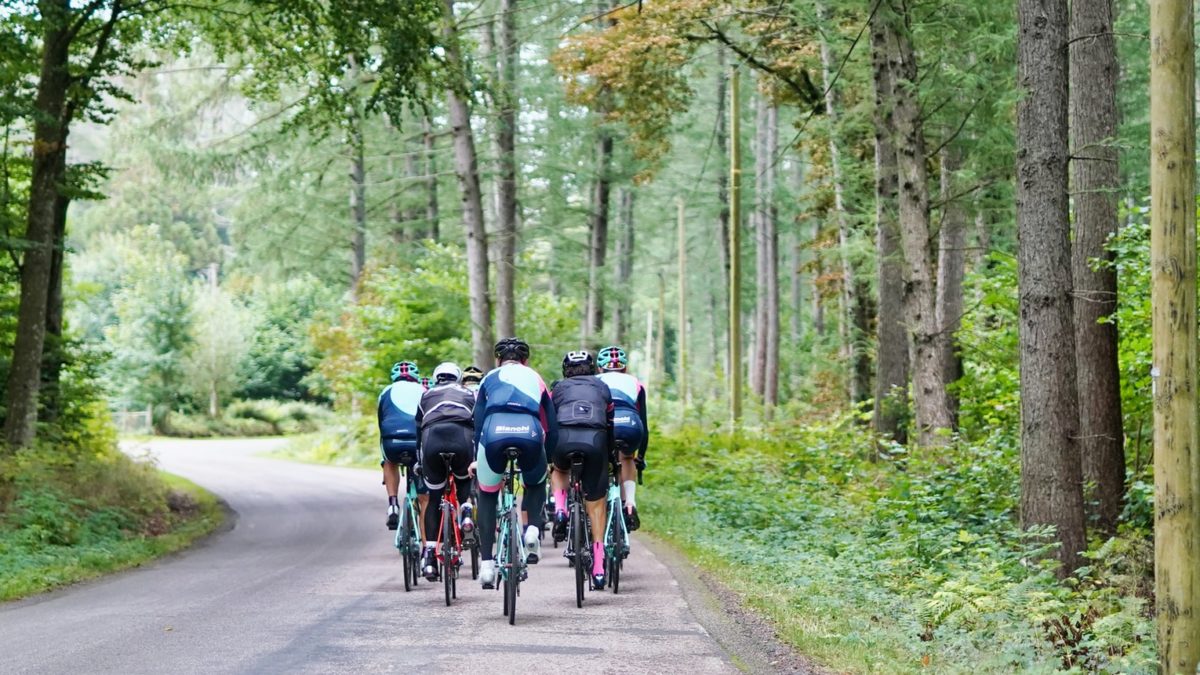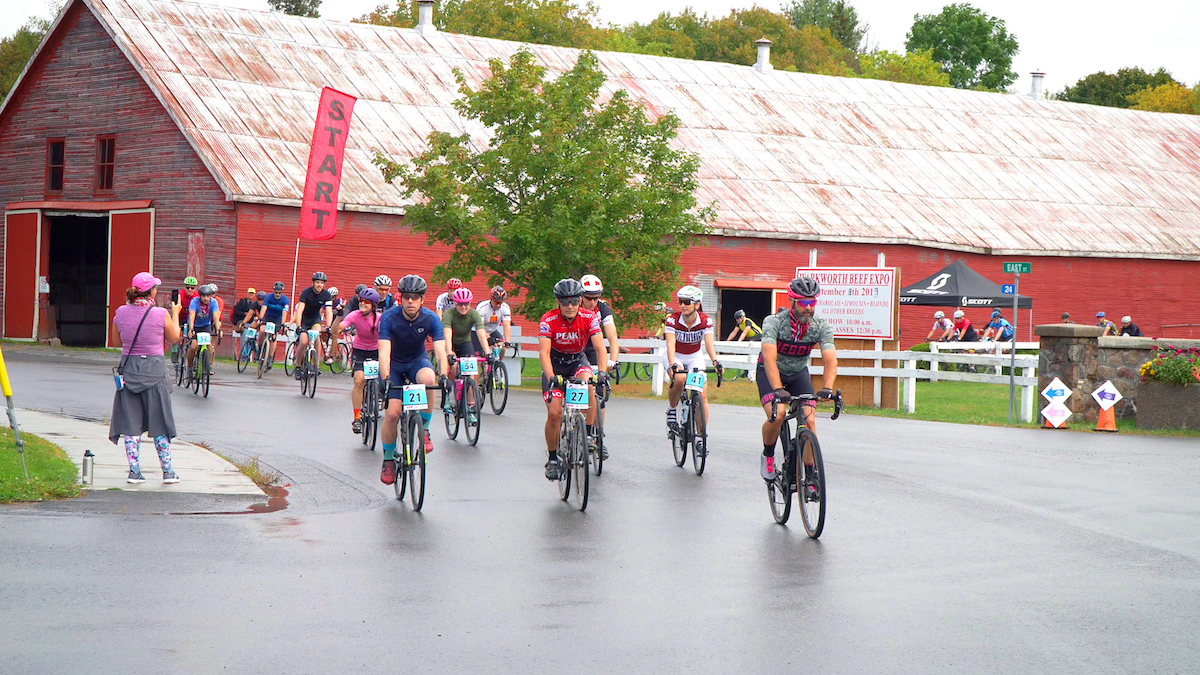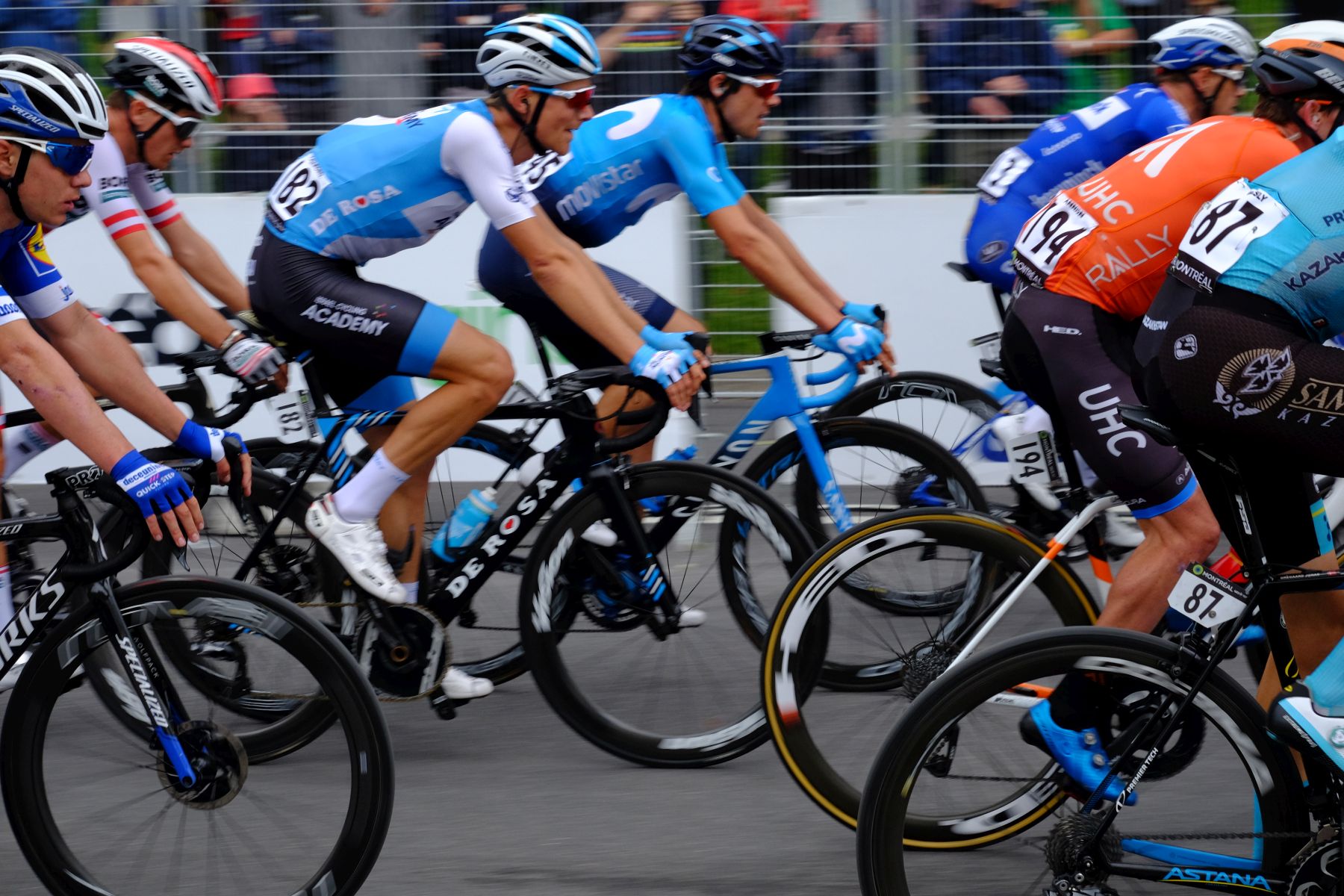Cycling Canada’s new Club 1882 fundraising campaign is creating a group of like-minded donors
Curt Harnett discusses the motivation for the initiative and opportunities it will present
 Photo by:
Unsplash/Martin Magnemyr
Photo by:
Unsplash/Martin Magnemyr
On Wednesday, Cycling Canada announced the launch of Club 1882 (C.1882), a new fundraising campaign that aims to connect and engage passionate cyclists from coast-to-coast in support of the long-term development of the sport.
Since the onset of the pandemic, cycling has seen significant growth. Cycling Canada says that the Club 1882 campaign is part of its new 10-year strategic plan that shifts the focus to opportunities that lie ahead and the growth of the sport.
The goal of the campaign is to diversify the funding base for the sport at all levels. Club 1882 will “generate and deliver vital resources for Cycling Canada and its provincial partners to support grassroots and community development initiatives across the country.” The proceeds will also support athlete and coach development programming.
$1,882
C.1882 will seek donations starting at $1,882 per year from individual donors and $10,000 from corporate members. All donors will be eligible for a tax receipt as well as other member benefits including an official C.1882 retro-wool long-sleeve jersey, access to exclusive events and discounts with Cycling Canada partners.
The program is aiming to raise $250,000 in its first year of operation and has already generated more than $100,000 in donations from pre-launch marketing efforts.

The initiative is spearheaded by Olympic medallist and Cycling Canada board member Curt Harnett. He sees Club 1882 as an exciting opportunity to grow Cycling Canada’s image and, “engage like-minded people from across this great country who want to play their part to help grow Canada’s love affair with the bike.”
We spoke to him about Club 1882.
Canadian Cycling Magazine (CCM): Cycling has grown so much in the past year throughout the pandemic with the cycling boom. How will that shape the landscape of cycling in Canada and how does this new initiative play into that?
Curt Harnett (CH): Yeah, that’s a big question. Everybody’s trying to figure out what this cycling boom really means. Ultimately I think everybody’s dream in the cycling world is better access to active transportation, a healthier, more health conscious society and maybe a greater appreciation for our right to be on the road and concern for our safety.
In the broader sense, everybody that’s passionate about cycling, and has been for years, really sees this as an opportunity for the activity of cycling to just gain better traction in the psyche of all Canadians. From a high performance background, we want that to translate into an appetite for more events, more opportunities for youth to learn how to use their bikes and for the parents to not fear for their kids’ lives when they go out to ride on city and country roads.
We’re building a broader foundation so that we can get more athletes through the system and rise higher, as a nation, on the world stage. It’s also our duty as passionate members of the cycling community to make sure that people in vulnerable communities have greater access to the bicycle and cycling opportunities and safer roads.

We want to achieve a greater, more diverse and more inclusive activity. I don’t want to just call it a sport—it’s an activity. I think anybody and everybody should be able to ride a bike, in the way that they want to ride a bike.
CCM: It’s obvious that Cycling Canada sees an opportunity in this massive growth of cycling, but what is Cycling Canada’s role to play in making cycling more accessible and developing these future athletes?
CH: A new strategic plan was adopted by the Cycling Canada board and introduced in September of 2020. It was years in the making (prior to the pandemic) and one of the areas that we felt that Canada cycling Canada could play a better role was with advocacy—in awareness building.
How can we align all the various communities out there? What role can we play? The high performance side of things—getting more athletes out on podiums around the world, on WorldTour teams, on professional mountain bike teams—that’s always going to remain a key component of what we do.
The second element to the plan is this idea of creating world class events and that run the gamut from local bike rides that are accessible for kids and get them excited about bike racing and riding their bike, all the way up to major events like we have out in Quebec.
The third piece is grassroots—right down to the ground. Like the HopOn program that we just launched. Really getting into the community.
The fourth and overriding pillar is figuring out how we can align all the cycling communities out there. Over 80 per cent of Cycling Canada’s funding is very targeted funding that goes towards elite, high performance athletes. We need to look at a way to diversify our revenue, we need to find new ways to build the community. One of those ways, not the only way, but one of those ways is through fundraising.
“Quite frankly, I think that there was a sense of ‘we could do better.'”
Cycling Canada didn’t have the greatest reputation in the world as far as stewarding, managing and honouring their donor donations and quite frankly, I think that there was a sense of “we could do better.” So we came up with some strategies to change that and to help us start building a foundation for some other opportunities in fundraising. We came up with this idea of engaging people that are involved in cycling—they’re using the bicycle to raise money for so many things, so why not raise money for cycling?
Club 1882 does have a certain demographic in mind. Not everybody has $1,8820 that they could donate to an organization, to cycling, and some may not see that as where their money is best spent. But there are a lot of people out there in the sport that do have access to those resources and maybe they’re willing to help, to come along for the ride and to help endorse and support Cycling Canada in fulfilling its strategic plan.
We came up with this concept of club 1882 as a way to align and unite a community—to help us with the broader opportunities out there: Building our capacity to be more diverse and more inclusive, working towards getting kids on bikes, supporting HopOn and supporting underfunded programming that do exist. Targeted funding has left some of the disciplines in cycling short on resources.

This is not the only fundraising that we’re going to do. You can already donate $5, $10 or $15 directly to HopOn—we’re not creating this exclusive opportunity for people that donate to the sport.
We see it as an exciting opportunity to help us, and, quite frankly, to change people’s attitudes about donating to Cycling Canada. I talked earlier about the reputation and we’ve been working really hard to change that. The pandemic gave us a little more opportunity actually to retool, to make sure we’re honoring people’s money. We’re making sure that we create more opportunities, that we engage these donors so that they see the outcomes and look for more opportunities to invest in cycling, at any level.
CCM: What are some of the opportunities or benefits of being a Club 1882 member?
CH: Once COVID allows us to do this, we will be looking for ways to engage these donors by starting Club 1882 rides and connecting donors directly to some national team athletes. There are many opportunities that we are looking into—say, riding along in the back of one of the team cars at the GP Montreal [or] training camps in Spain. We also have Cycling Canada partners that are willing to provide member exclusive discounts on their products and services.
There’s the overriding sense that you’re participating in transforming the Canadian landscape, to the benefit of cycling. Really the opportunity sits in engaging and bringing these people together, maybe giving them the chance to talk to each other and say: “Hey, maybe we can do more. Maybe there are other opportunities for us to combine our resources.”
We have a lot of people that have already signed on and we want these people to be engaged. We want to do it right—take all of this learning and transform it, and transition it into broader possibilities, because we want everybody to make sure that they can feel a part of the growth of cycling.
I think it’s apparent that I’m passionate about cycling—the bike gave me so many opportunities in my life and I want other Canadians to experience what the bike can do for them. And I think that’s kind of the core of really what my motivation for all of this is.


